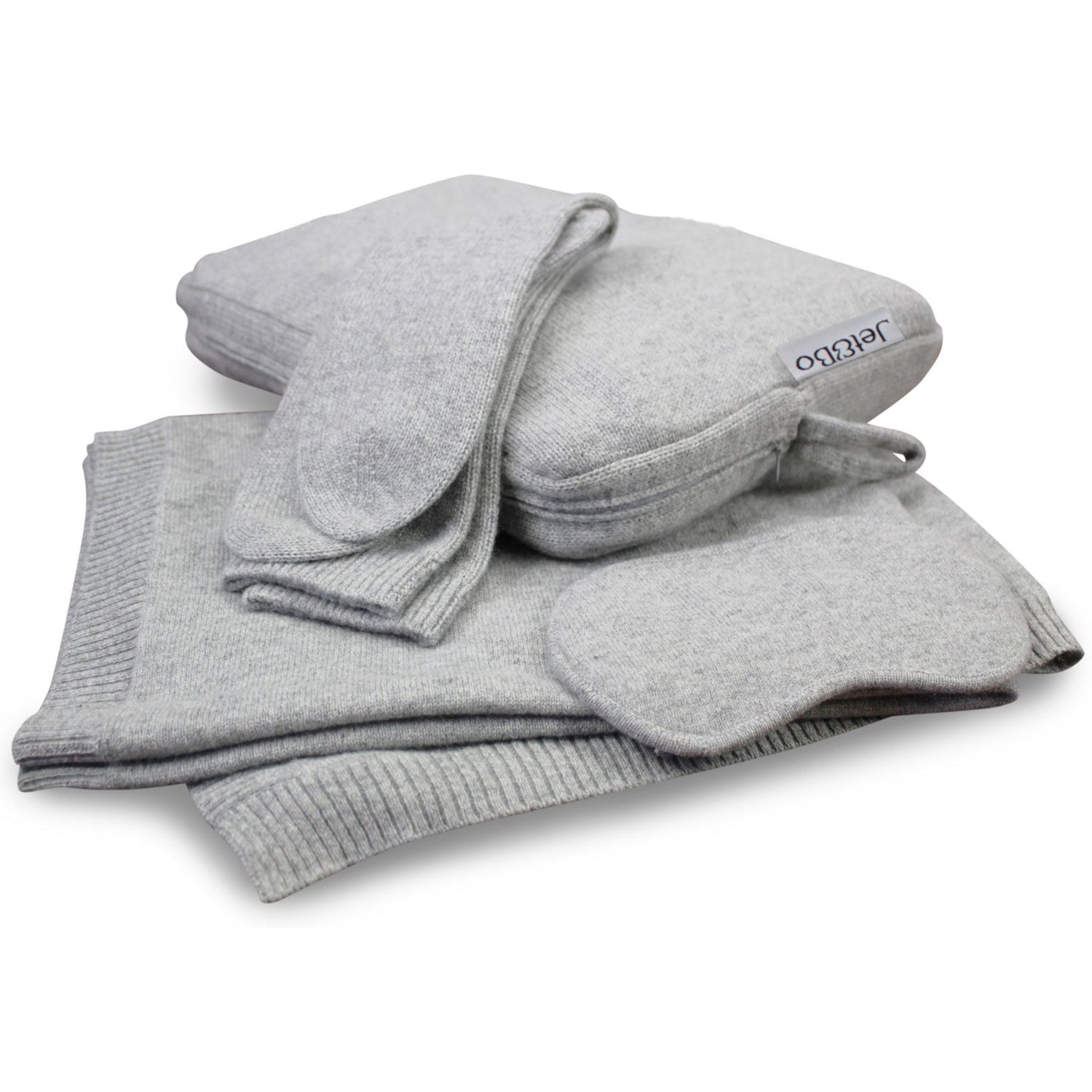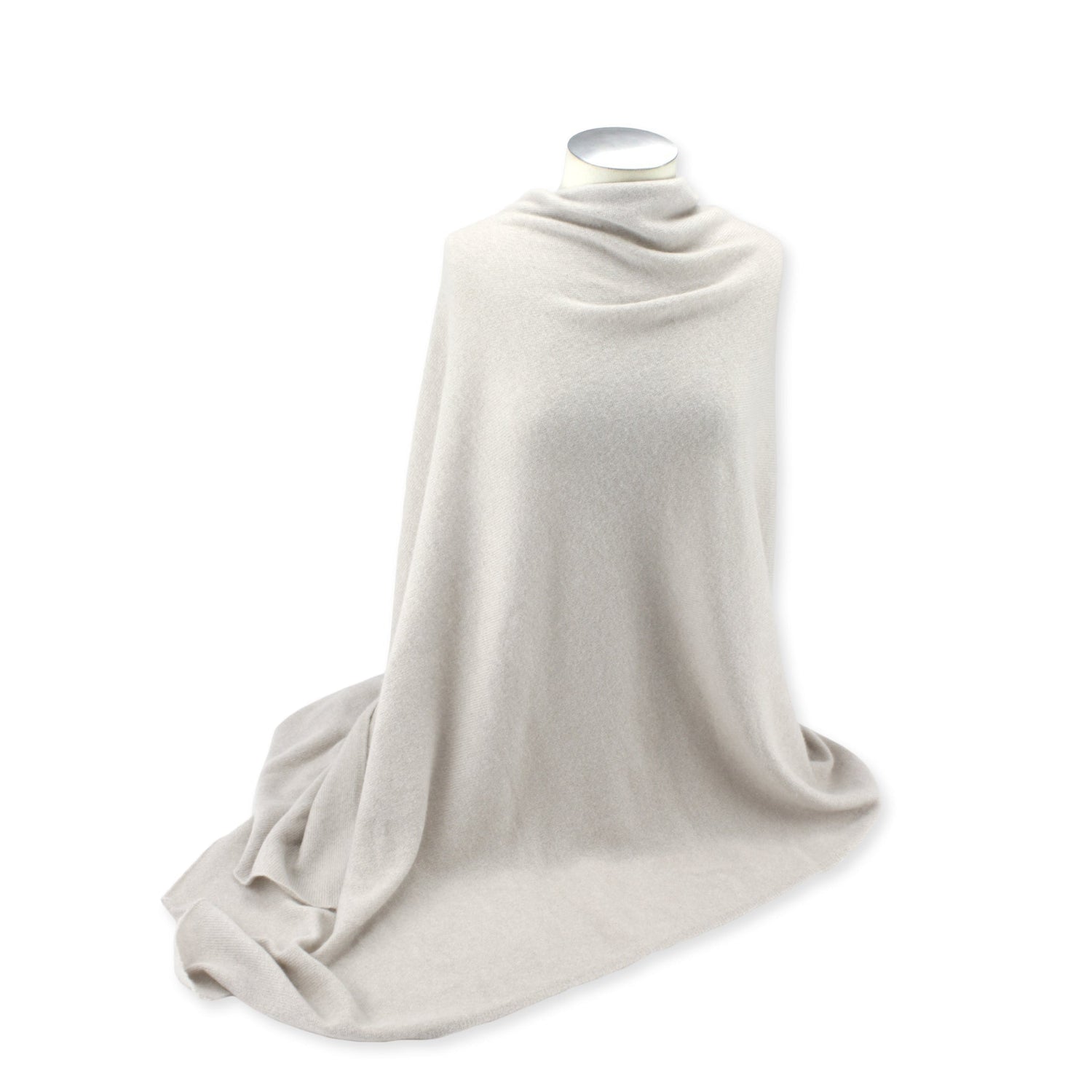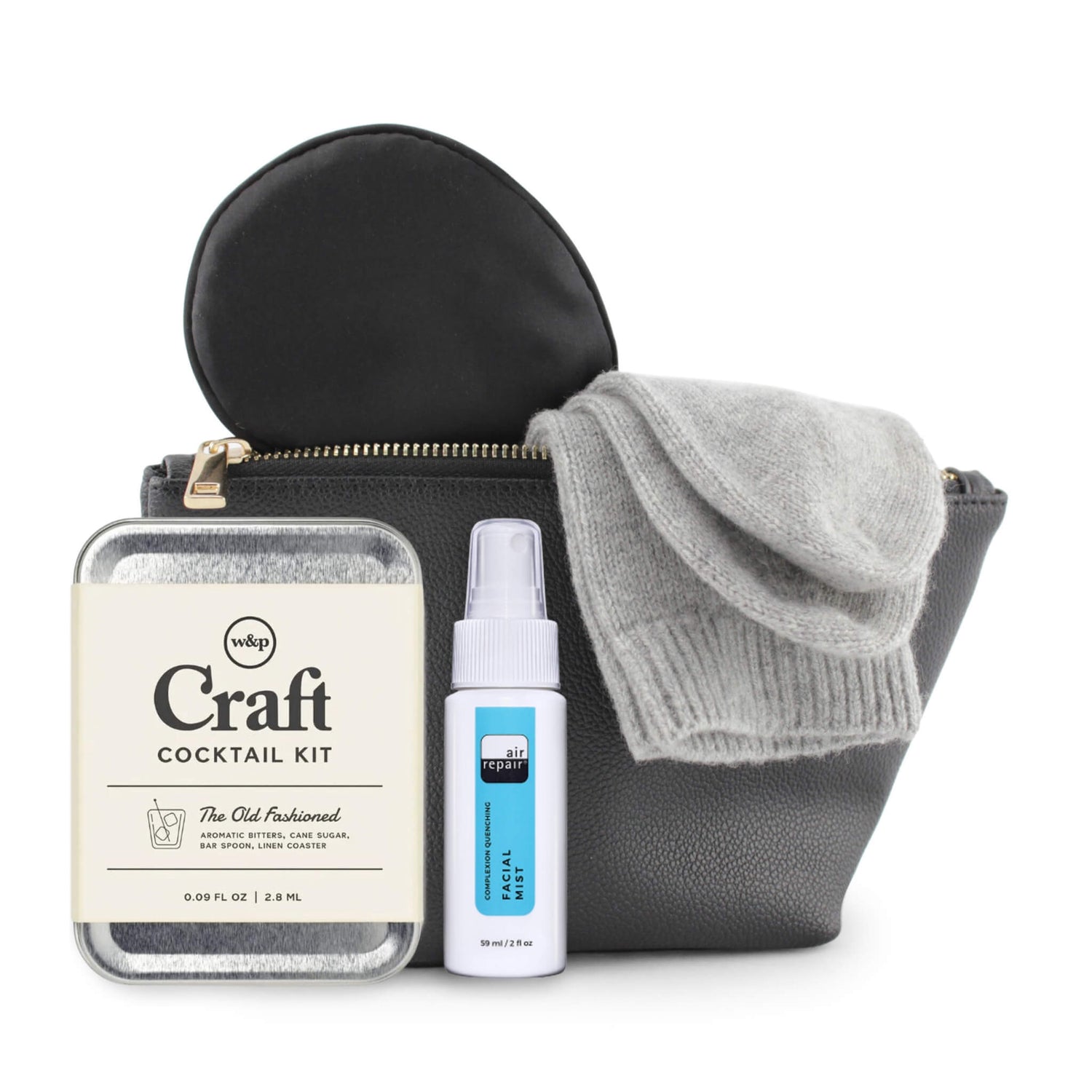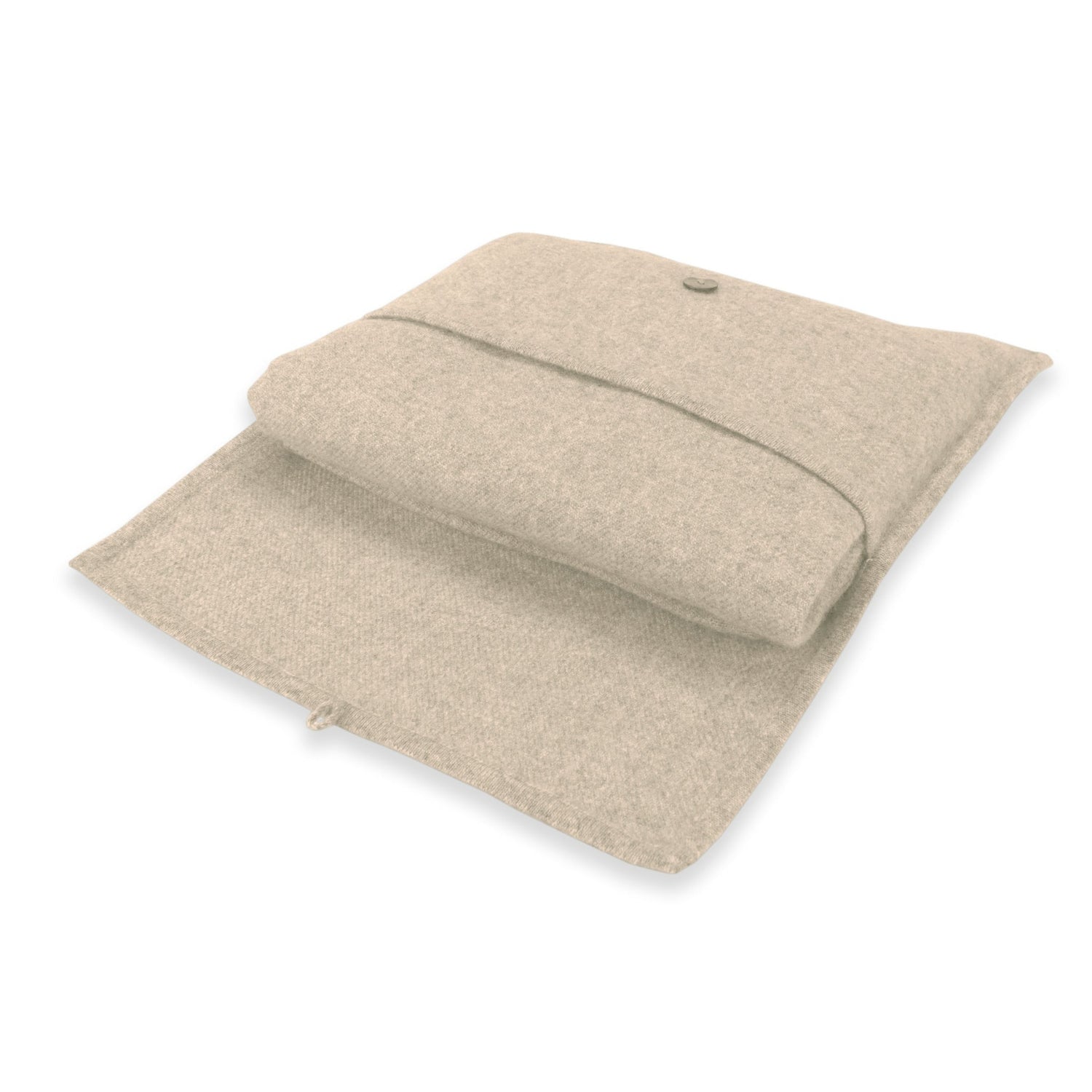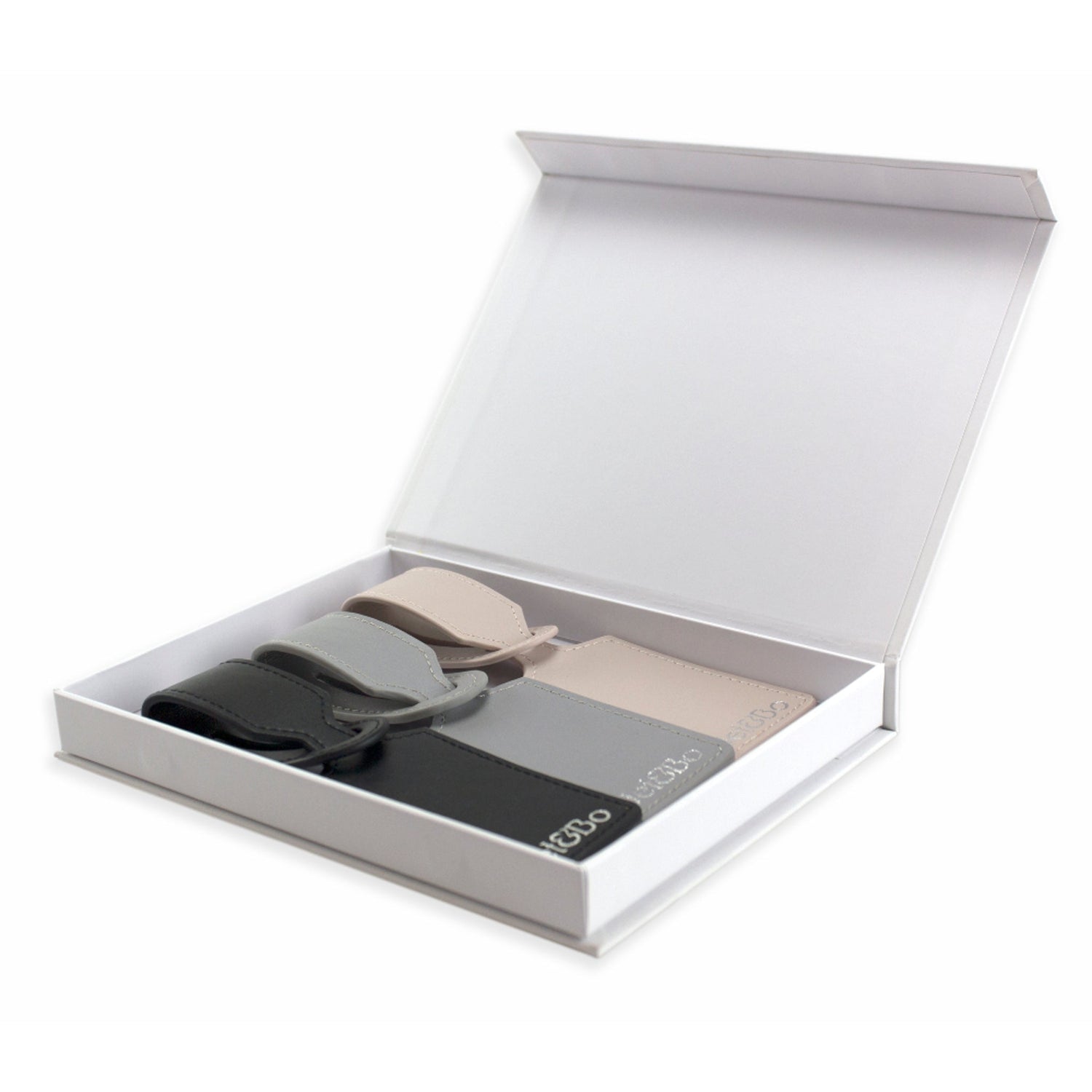
In the world of textiles and garment manufacturing, ply and gauge are two essential terms often used in conjunction with one another. Ply and gauge work together to determine the thickness and overall quality of the fabric. For example, the number of plies used in yarn can affect the resulting material's strength, durability, and texture. Meanwhile, the gauge can affect its drape, elasticity, and overall appearance.
When buying a cashmere item, understanding the ply and gauge of the cashmere will help you determine if the garment is right for you. They are not directly linked to the cashmere quality; however, they do affect the item's performance.
What Does Ply Mean?
Ply is the number of cashmere threads twisted together to make the yarn.
Two twisted threads are referred to as 2-ply, and three twisted threads are referred to as 3-ply, etc. Since cashmere is a fine hair, it benefits from the increased strength in the twisted thread.
Look for items that are 2-ply or higher, as 1-ply cashmere is less durable and is more likely to develop holes. Higher plies, such as 4-ply add additional weight and warmth but do not indicate additional quality.

What Does Gauge Mean?
Gauge refers to the number of stitches or rows per inch and is a measure of how tightly the item is knitted. The higher the gauge number, the tighter the knit and the more cashmere yarn is used. This can create a smoother, more refined appearance and give the fabric more structure and stability. Conversely, fabrics with a lower gauge, or fewer stitches per inch, tend to be more open and airy, with a looser, more relaxed drape.
Cashmere garments are commonly knitted in 7 gauge (7GG), 9 gauge (9GG), and 12 gauge (12GG).
7 gauge has 7 stitches or rows of yarn per inch of the knitted cashmere, so the cashmere has an open or mesh-like look and is lighter.
Example of 7 Gauge

12 gauge has 12 stitches or rows of yarn per inch, so the cashmere is relatively dense.
Example of 12 Gauge

A lower gauge number will provide a lighter item as less cashmere is used. If you are looking for a lightweight item, then a lower gauge is best. If your priority is warmth or durability, a higher gauge will be preferable.
Cashmere items commonly knit in 7 gauge are scarves and wraps, while sweaters and blankets are often knit in 12 gauge.
Further reading:
How to Identify Quality Cashmere
Easy Tests to Determine Quality Cashmere
How to Care for Your Cashmere Items
Jet&Bo stocks a range of luxurious cashmere clothing and travel accessories:
